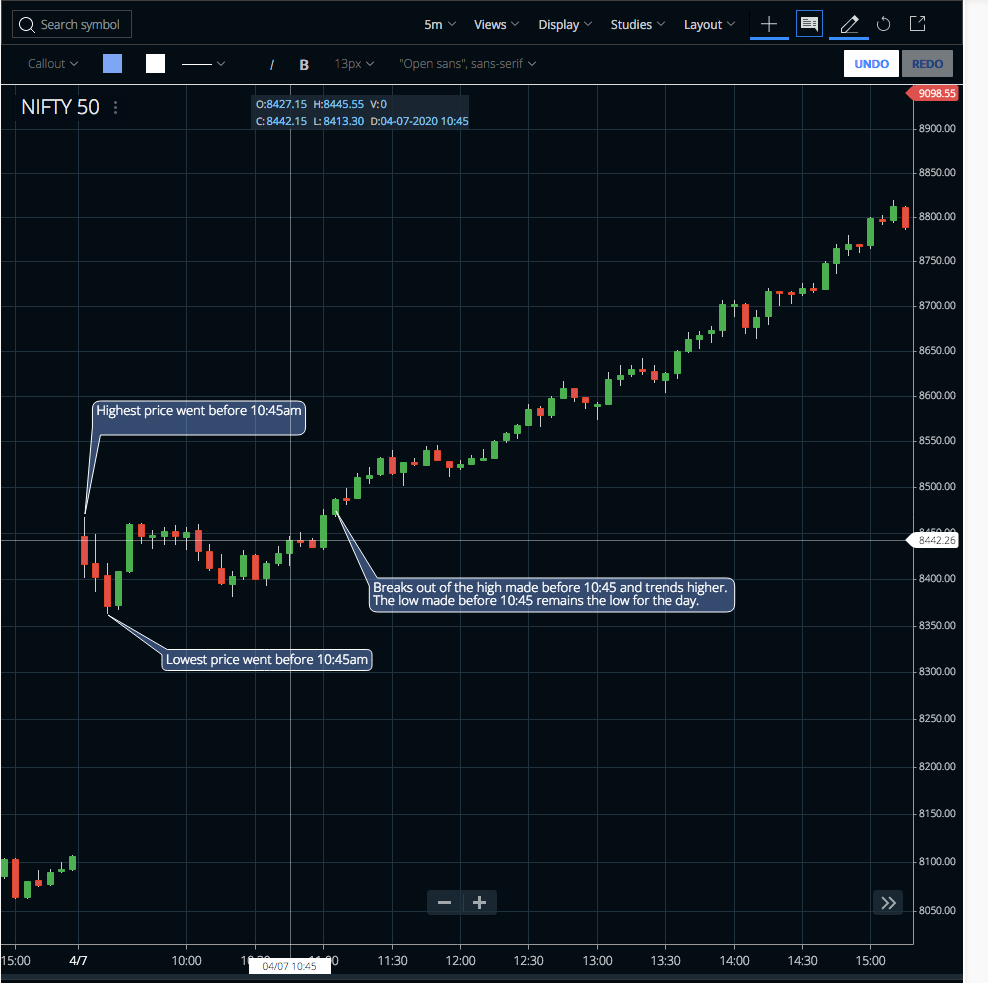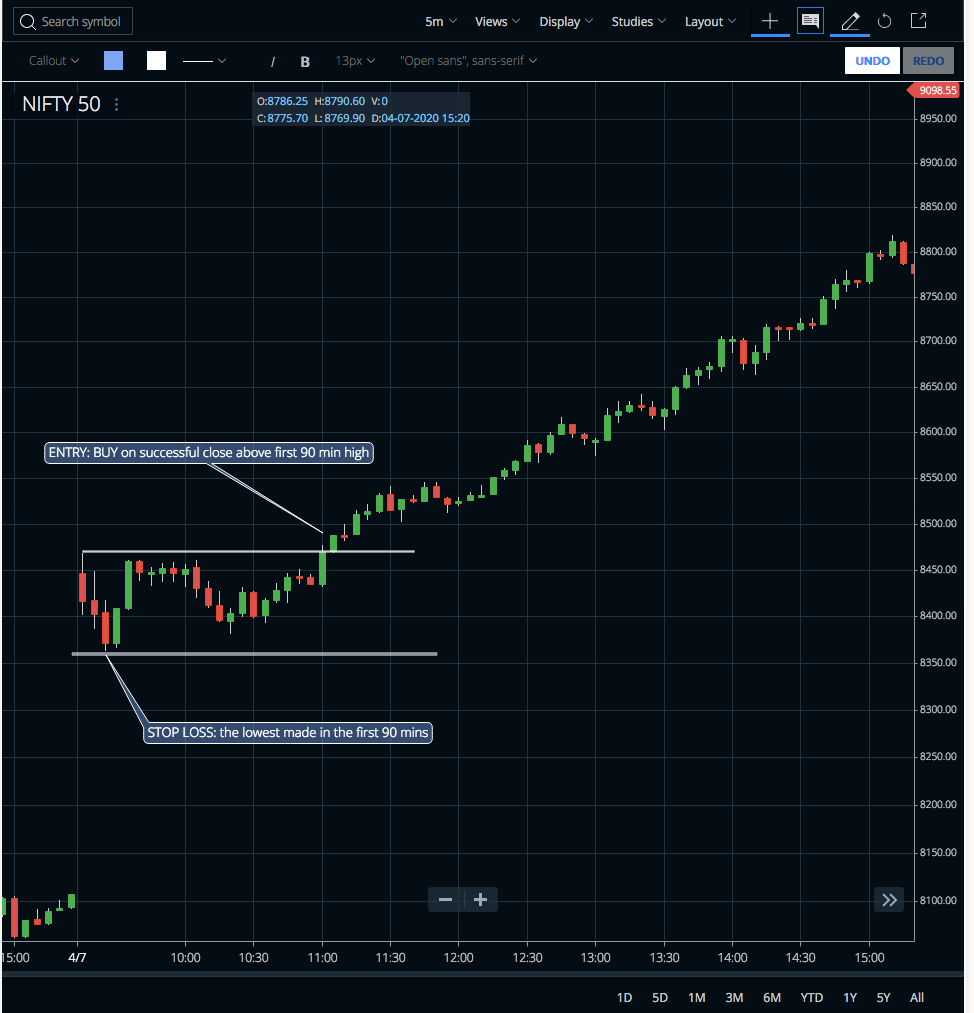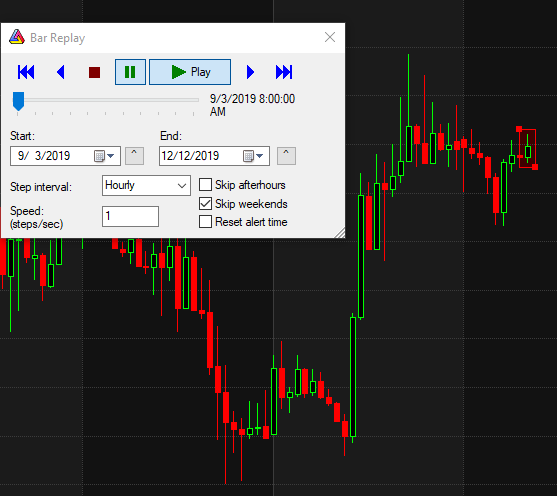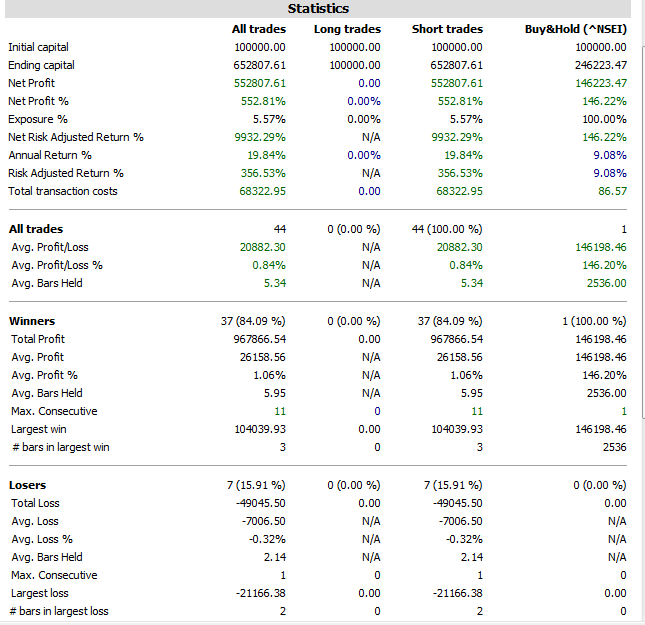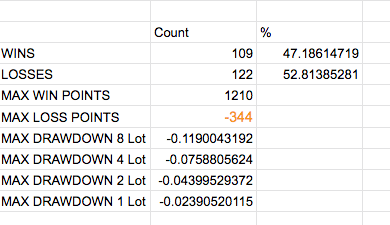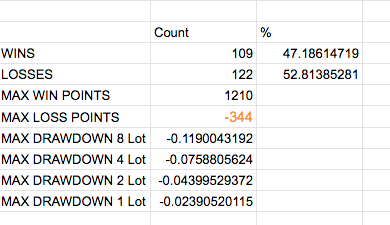1. Trend Following - where you follow the trend and take trades that hopefully align with the trend and ride it.
2. Mean Reversion - where you take trades betting on price reverting to mean.
1. Rules for entry (15-20% importance)
2. Rules for exit (40-45% importance)
3. Position sizing rules (40% importance)
Timeframe - 5min
System basis: In the first 90 mins of the market trading, the high or low of the day has already been made (90% probability).
You could tweak this to trail SL, but there will be whipsaws and you might lose a chunk of the move in highly volatile market.
First, MANUAL bar by bar testing. Time consuming. Takes atleast 2-4 hours with full focus to test 1 quarter worth of data. So if you spend 2 fast hours per day, you could be done in 10 days. Go through price chart, bar by bar, and test.

